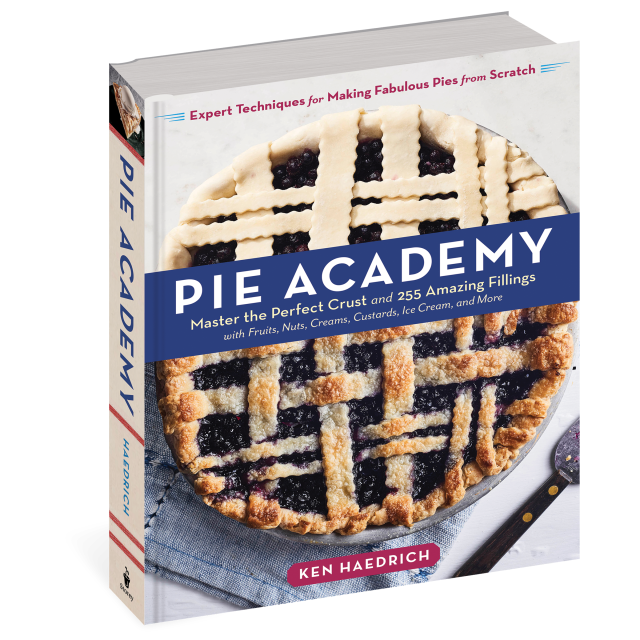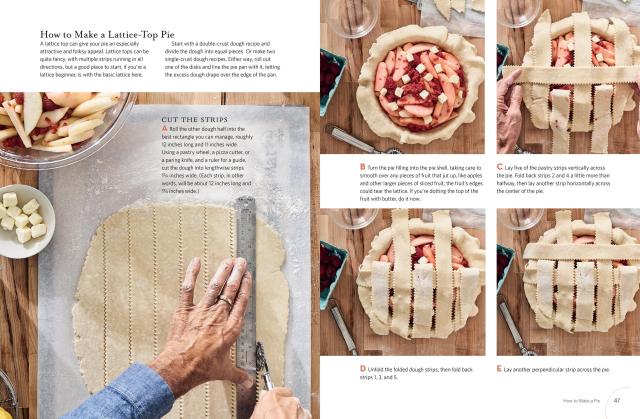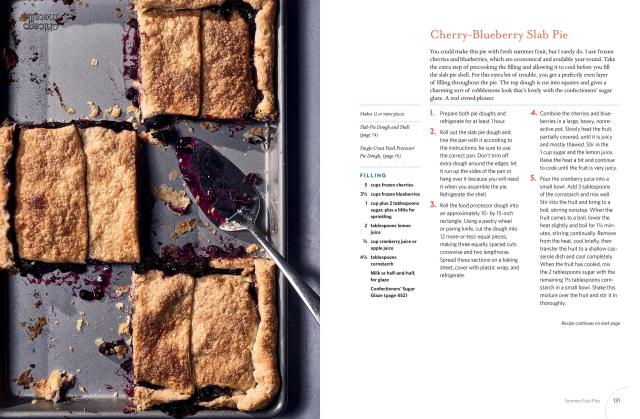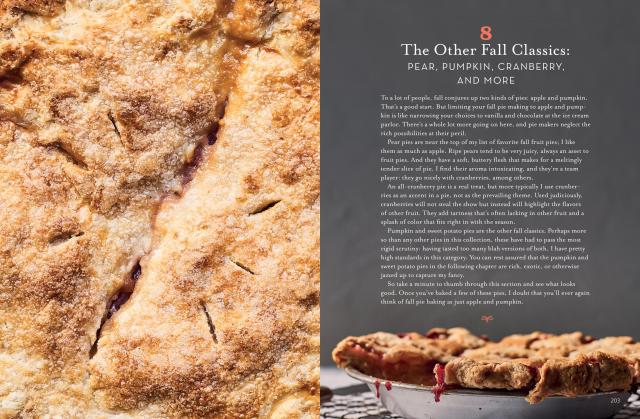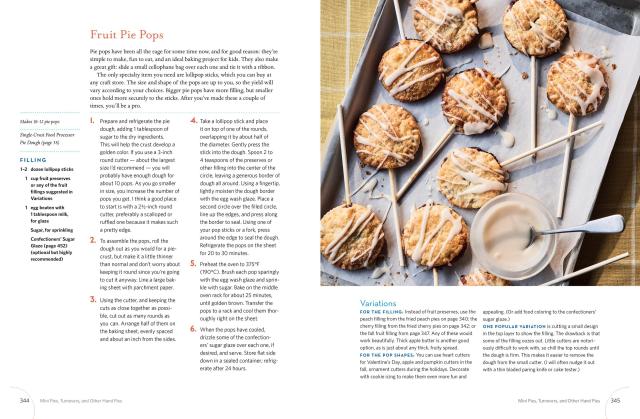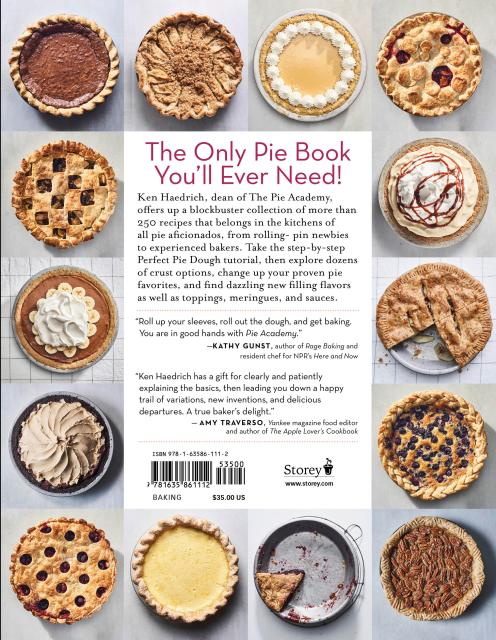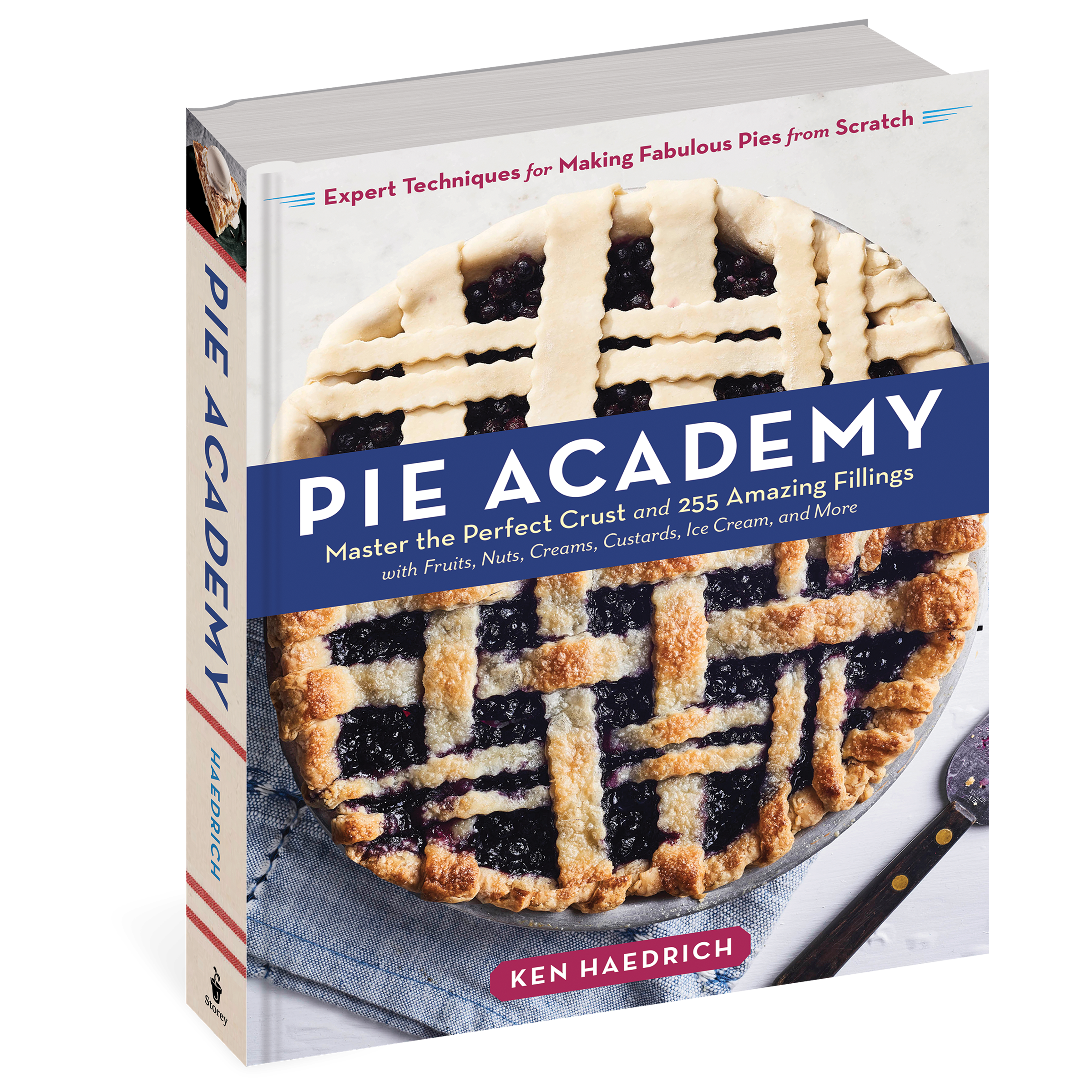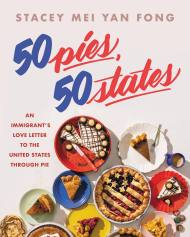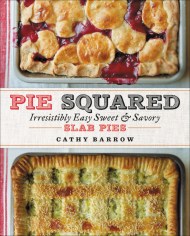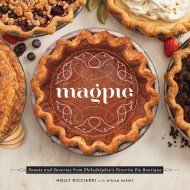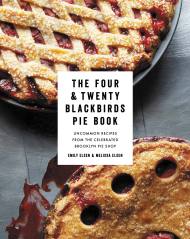Promotion
Use code MOM24 for 20% off site wide + free shipping over $45
Pie Academy
Master the Perfect Crust and 255 Amazing Fillings, with Fruits, Nuts, Creams, Custards, Ice Cream, and More; Expert Techniques for Making Fabulous Pies from Scratch
Contributors
By Ken Haedrich
Formats and Prices
Price
$35.00Price
$44.00 CADFormat
Format:
- Hardcover $35.00 $44.00 CAD
- ebook $16.99 $21.99 CAD
This item is a preorder. Your payment method will be charged immediately, and the product is expected to ship on or around October 27, 2020. This date is subject to change due to shipping delays beyond our control.
Also available from:
“An excellent resource for home bakers looking to up their pie game." – Publishers Weekly, starred review
"The wide-ranging, well-curated mix of classic and contemporary recipes and expert advice make this an essential primer for avid home bakers." – Library Journal, starred review
"Readers will find everything they'd ever want to know about making pie, and even the dough-fearful will feel ready to measure, roll, and cut." – Booklist, starred review
“Fear of pie? Ken Haedrich to the rescue. Pie Academy takes you through everything pie related — perfect crusts, fillings, crimping techniques, blind baking, lattice toppings and more.” — Kathy Gunst, coauthor of Rage Baking and resident chef for NPR’s Here and Now
“A true baker’s delight.”— Amy Traverso, Yankee magazine food editor and author of The Apple Lover’s Cookbook
Trusted cookbook author and pie expert Ken Haedrich delivers the only pie cookbook you’ll ever need: Pie Academy. Novice and experienced bakers will discover the secrets to baking a pie from scratch, with recipes, crust savvy, tips and tutorials, advice about tools and ingredients, and more. Foolproof step-by-step photos give you the confidence you need to choose and prepare the best crust for different types of fillings. Learn how to make pie dough using butter, lard, or both; how to work with all-purpose, whole-wheat, or gluten-free flour; how to roll out dough; which pie pan to use; and how to add flawless finishing details like fluting and lattice tops. Next are 255 recipes for every kind and style of pie, from classic apple pie and pumpkin pie to summer berry, fruit, nut, custard, chiffon, and cream pies, freezer pies, slab pies, hand pies, turnovers, and much more. This beast of a collection, with gorgeous color photos throughout, weighs in at nearly four pounds and serves up forty years of pie wisdom in a single, satisfying package.
"The wide-ranging, well-curated mix of classic and contemporary recipes and expert advice make this an essential primer for avid home bakers." – Library Journal, starred review
"Readers will find everything they'd ever want to know about making pie, and even the dough-fearful will feel ready to measure, roll, and cut." – Booklist, starred review
“Fear of pie? Ken Haedrich to the rescue. Pie Academy takes you through everything pie related — perfect crusts, fillings, crimping techniques, blind baking, lattice toppings and more.” — Kathy Gunst, coauthor of Rage Baking and resident chef for NPR’s Here and Now
“A true baker’s delight.”— Amy Traverso, Yankee magazine food editor and author of The Apple Lover’s Cookbook
Trusted cookbook author and pie expert Ken Haedrich delivers the only pie cookbook you’ll ever need: Pie Academy. Novice and experienced bakers will discover the secrets to baking a pie from scratch, with recipes, crust savvy, tips and tutorials, advice about tools and ingredients, and more. Foolproof step-by-step photos give you the confidence you need to choose and prepare the best crust for different types of fillings. Learn how to make pie dough using butter, lard, or both; how to work with all-purpose, whole-wheat, or gluten-free flour; how to roll out dough; which pie pan to use; and how to add flawless finishing details like fluting and lattice tops. Next are 255 recipes for every kind and style of pie, from classic apple pie and pumpkin pie to summer berry, fruit, nut, custard, chiffon, and cream pies, freezer pies, slab pies, hand pies, turnovers, and much more. This beast of a collection, with gorgeous color photos throughout, weighs in at nearly four pounds and serves up forty years of pie wisdom in a single, satisfying package.
Genre:
-
“Fear of pie? Ken Haedrich to the rescue. His gorgeous book Pie Academy takes you through everything pie related — perfect crusts, fillings, crimping techniques, blind baking, lattice toppings and more. Roll up your sleeves, roll out the dough, and get baking. You are in good hands with Pie Academy.” — Kathy Gunst, coauthor of Rage Baking and resident chef for NPR’s Here and Now
“Reading Ken Haedrich never fails to make me want to run to the kitchen and bake. He has a gift for clearly and patiently explaining the basics, then leading you down a happy trail of variations, new inventions, and delightful departures. The cherry pie section alone has me pining for summer, but then I see what he does with apples, pumpkin, and pecans, and I can’t wait for fall. A true baker’s delight.” — Amy Traverso, Yankee magazine food editor and author of The Apple Lover’s Cookbook
"Haedrich, founder of the The Pie Academy website, delivers a substantial and highly informative volume on the popular dessert. Writing in a conversational tone, he provides detailed instructions for each aspect of pie making and includes suggestions for acquiring basic equipment (“My one beef with heavy ceramic or stoneware pans is that they’re often so thick that the crust doesn’t brown quickly enough”) and troubleshooting techniques (“Don’t roll toward yourself. That’s awkward,” he suggests to bakers who can’t keep dough round when they roll). There are also plenty of photographs to help readers become acquainted with essential pie-making steps, such as fluting the crust, blind baking the crust, and creating a lattice pattern. This recipe collection is bound to please bakers of all tastes with its impressive number of pie crust variations, such as flaky cream cheese, cornmeal, and a simple press-in crust. The bountiful assortment of fillings includes cherry-vanilla, maple custard, and kahlua fudge brownie. Readers will appreciate pie variations for specific fruits, such as apple: caramel apple slab pie with melted butter crumb topping, apple butter pie, and buttermilk pie with fried apple rings. This is an excellent resource for home bakers looking to up their pie game." — Publisher's Weekly, starred review
"Award-winning cookbook author Haedrich, creator of the popular online resource and baking community Pie Academy, here presents much of the extensive content from that site in cookbook form, showcasing 25 different crust recipes and 255 fillings for creations ranging from summer fruit pies and custard tarts to slab pies and traditional holiday classics. Less experienced bakers will appreciate the detailed step-by-step photographs and instructions in the introductory chapter, while seasoned pie makers will find dozens of expert tips and tricks for perfecting their practice. Haedrich admits that there are no shortcuts to creating the perfect pie, maintaining that practice and experience are key. Yet, he strives to simplify the process through recipes and instructions that omit weight measurements in favor of more familiar cups and spoons, offering a range of techniques for perfect pie dough, including hand blending and food processing. VERDICT The wide-ranging, well-curated mix of classic and contemporary recipes and expert advice make this an essential primer for avid home bakers." — Library Journal, starred review
"Readers will find everything they'd ever want to know about making pie, and even the dough-fearful will feel ready to measure, roll, and cut. Plentiful sidebars advise on everything from how to mail a pie (freeze it first) and determine the freshness of spices (try the sniff test) to the making of winter squash/pumpkin puree and baking strategies for the holidays. The heart of Haedrich's all-encompassing tome, though, is piemaking itself. Captioned step-by-step color photographs, from measuring the fat to venting and glazing, and a myriad of dough recipes (pretzel, Oreo crumb) ensure that the baked shell is more than receptive to fillings. Categories include berries and fruit, apple (in its own chapter), fall classics (pear, pumpkin, cranberry), nut, rich and sweet (such as chess pie), icebox, cream, and more. Readers will find all the usuals, plus the unique: rice and ricotta, sweet summer corn, lime margarita, trail mix peanut butter; in short, almost any filling that eaters hanker for. A troubleshooting guide at the end will reassure novice bakers. A pie for any season and any reason." — Booklist, starred review
- On Sale
- Oct 27, 2020
- Page Count
- 480 pages
- Publisher
- Storey
- ISBN-13
- 9781635861112
Newsletter Signup
By clicking ‘Sign Up,’ I acknowledge that I have read and agree to Hachette Book Group’s Privacy Policy and Terms of Use
